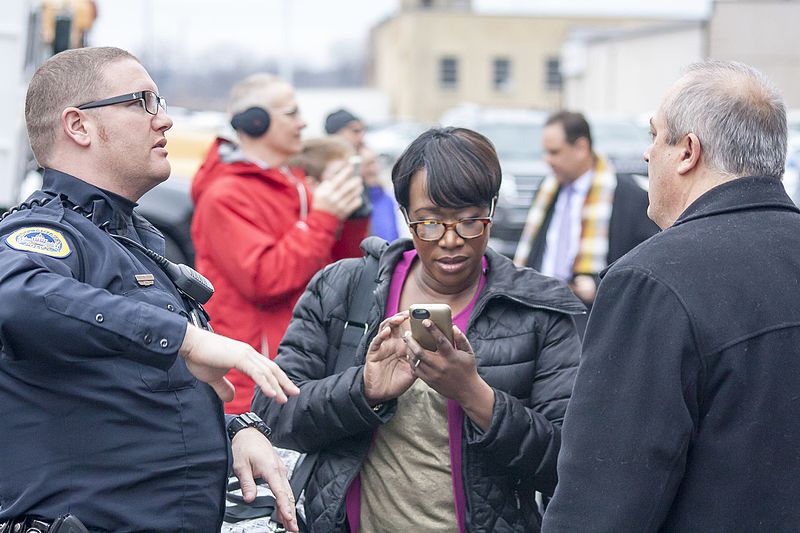Recently, Mediaite posted screen shots captured by a Twitter user who goes by the name of Not a Bot that seemingly showed several homophobic comments made on a now defunct weblog by MSNBC’s Joy Ann Reid. Reid replied that her weblog had been hacked and several articles modified by unknown parties. The media has responded […]

